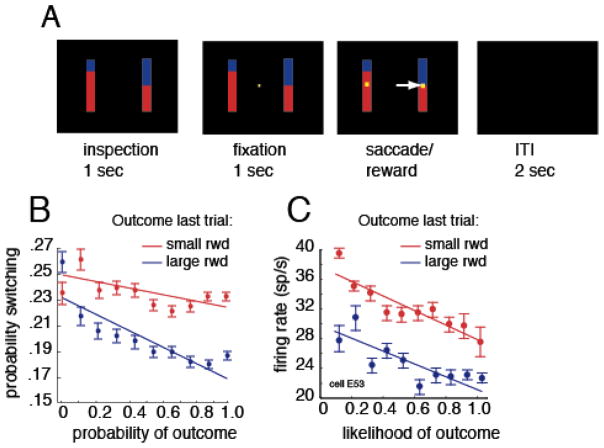Figure 5. Schematic of task and results from risky choice experiment.
A. Illustration of risky choice task. On each trial, two options appeared and were freely inspected for 1 second. Then monkey fixated and after a brief delay, selected one option by shifting gaze to it. Each option offered a gamble defined by a specific probability (1–100% of a large reward, remainder of probability to a small reward). Following choice, gamble was resolved. B. Monkeys exhibited a bias towards the dominant normative strategy (choose option with greater probability of large reward) to an inferior strategy (choose option with less probability of large reward). In all sessions, monkeys exhibited a greater tendency to switch from the dominant strategy to the inferior one (y-axis) following small rewards than following large rewards. They also exhibited a greater tendency to switch following unexpected rewards, regardless of their sign (x-axis). C. Neuronal responses following outcomes were greater following small rewards than large rewards and following unexpected rewards than expected ones. The patterns of neuronal responses tracked closely the pattern of behavioral results, suggesting that dACC neurons signal likelihood of strategy adjustment, not reward per se.

